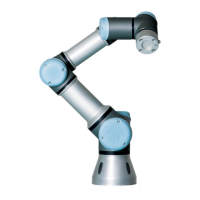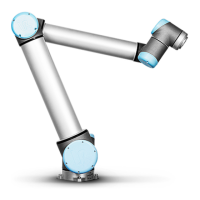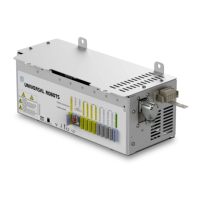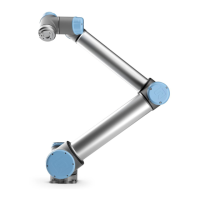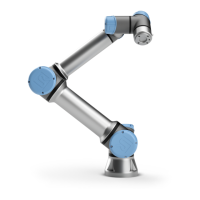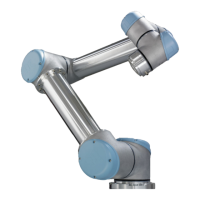3. Program Correction by Key-waypoints
3 Program Correction by Key-waypoints
This tutorial describes how to perform an automatic program correction of key-waypoints, so that a program
can be moved from an uncalibrated robot to another and still work. The technique can also be used to make
programs work after e.g. replacements of joints in a robot.
Figure 3.1: Illustration of the correction
The functionality is available on Universal Robot controllers with software version 1.7, 1.8, 3.3 and onwards.
3.1 Introduction
NOTE:
Before starting with program correction, backup your original program e.g. by saving it under
a new name. Once a program has been corrected and subsequently saved again, it cannot be
corrected again.
With properly selected and redefined key-waypoints, it is possible to make a model which describes the
difference between the old and the new robot. After the model has been built, the programs are corrected
when loaded. The model can be extended/improved at any time by defining more key-waypoints. The model
is specific for each installation file on the robot.
The quality of the model is determined by the number of key-waypoints and the accuracy with which they
are defined. If further correction is desired, the model can be improved by adding more key-waypoints at a
later time.
The accuracy of a corrected waypoint correlates with the quality of the model, and the distance to the
nearest key-waypoint.
Note that currently the program correction functionality does not support the following:
• Other types of waypoints besides fixed waypoints
• Waypoints contained in the "BeforeStart" program node
• A "Move" node which has a selected feature for the motion (different from the "Base" feature)
• A "Move" node which sets a selected TCP for the motion.
The unsupported program nodes mentioned above might need to be corrected manually after the auto-
matic correction process has completed.
15
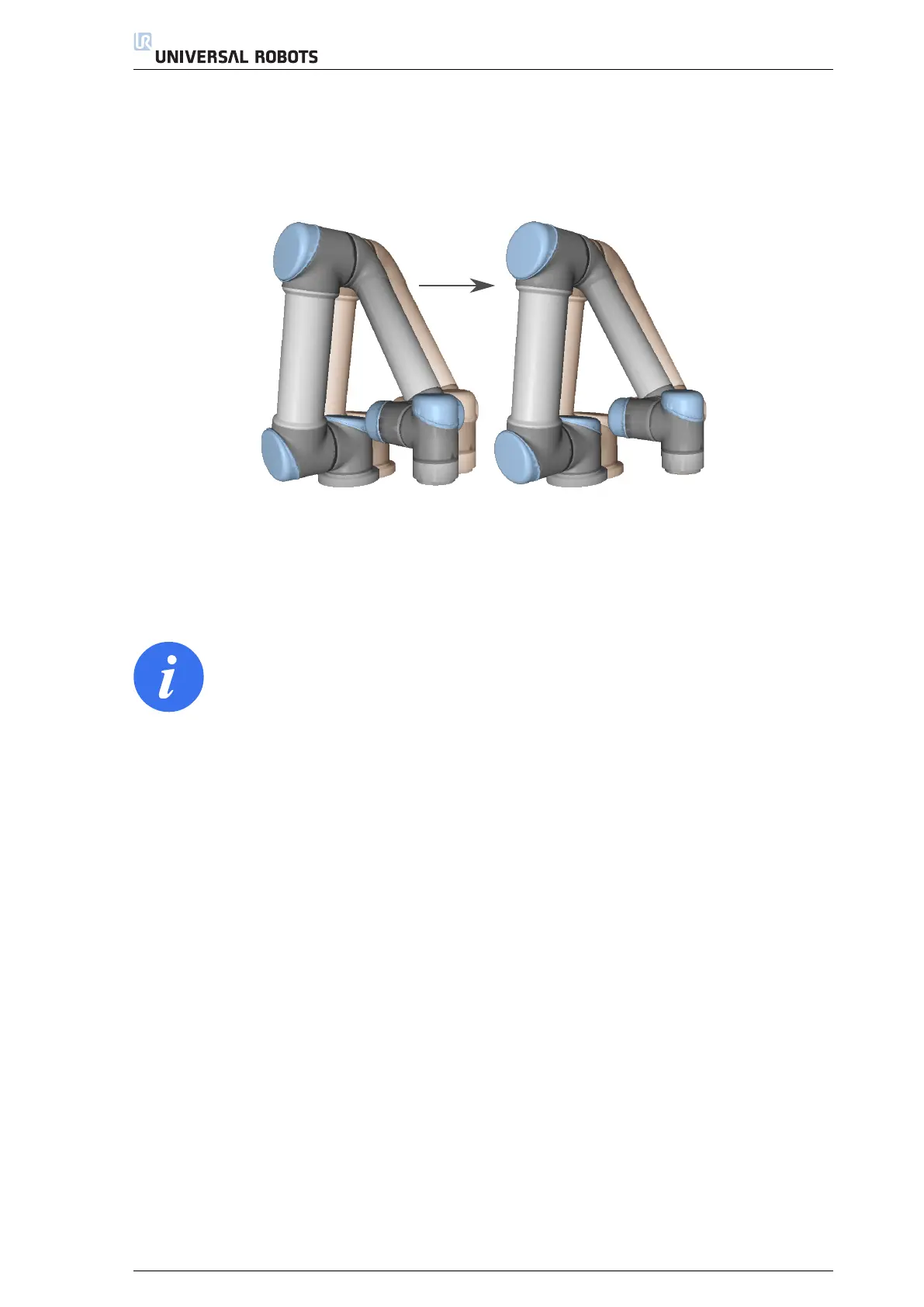